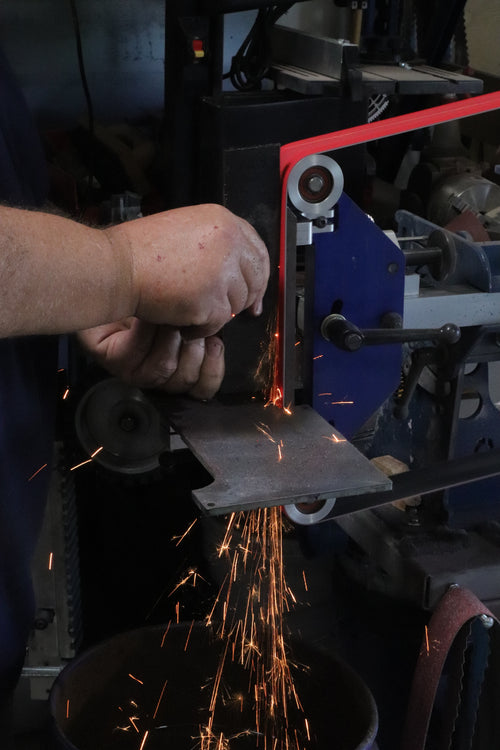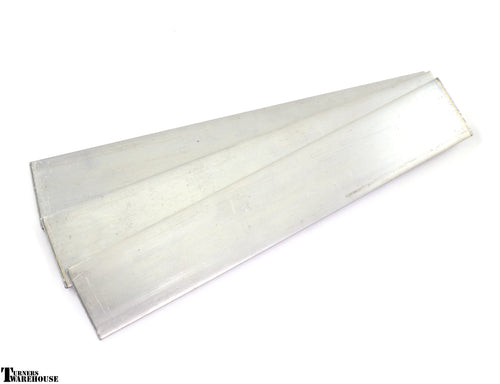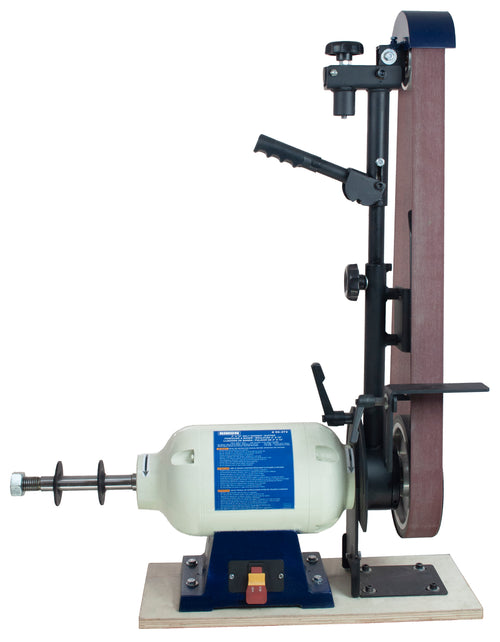1
/
of
8
2x72 Sanding Belt
2x72 Sanding Belt
WHAT DOES AN X OR J WEIGHT MEAN?
WHAT DOES AN X OR J WEIGHT MEAN?
- Abrasives are adhered to a backing material. That backing material's thickness (related to its flexibility) is categorized by the alphabet.
- Backings closer or rated as 'A' are substantially more flexible than the stiffest 'Y' weight backing.
- Backings with an 'A', 'B', 'C', 'D', 'E', or 'F' backing are all considered paper backings.
- 'E' and 'F' weight backings are typically used to make belts as they are the most durable paper backings available (typically found in the wood industry) though still much less durable/thick than the full or partial synthetic backings like an 'X' or 'Y' weight.
- Typically various 'X' and 'Y' weight backings are used in metal working as the standard. Y weights are very sturdy and typically full synthetic poly materials versus some 'X' weights often being a cotton-poly blend material to allow for greater flexibility.
- J Flex refers to an even greater flexible backing material that is often used without a contact wheel and some slack in the belt so it can softly contour rounder shapes (e.g. a wooden handle).
WHY 2" X 72" SANDING BELTS?
WHY 2" X 72" SANDING BELTS?
- 2" x 72" sanding belts offer the best middle ground between heavy duty grinding and finer detail work blades can require—e.g. sharpening or detailed handle work.
- This makes the 2" x 72" size the most common belt size for knife making for profiling, bevel grinding, detailed edge sanding, and sharpening.
HOW DO MOST KNIFEMAKERS USE 2" X 72" ALUMINUM OXIDE BELTS?
HOW DO MOST KNIFEMAKERS USE 2" X 72" ALUMINUM OXIDE BELTS?
- Aluminum oxide is a general purpose abrasive material—it is a less expensive material that ceramic or zirconia alumina.
- Aluminum oxide is often called alumina in various other applications and is used in a wide array of abrasive products due to its characteristic high hardness.
- It's also used widely in these applications because the more expensive materials, ceramic and zirconia alumina, are often not needed in finer grits than 120 grit due to offering little over alumina oxide due to lower heat and durability requirements.
- Fundamentally, as the grit start to move higher (finer) than 120 grit, there is no benefit more expensive materials. This makes aluminum oxide a fantastic material for the majority of grits on soft to medium hardness materials that need to be shaped or grinded down.
- Keep in mind, that for very rough grinding or stock removal of something like ¼" steel, a 36 grit aluminum oxide belt will likely quickly run down in life due to the high heat generated at that coarse of a grit.
Additional Info
Additional Info
- Belts sold individually
- *sander not included in this purchase
Regular price
$3.49 USD
Regular price
Sale price
$3.49 USD
Unit price
/
per
Couldn't load pickup availability
Favorite Accessories
Upgrade your sanding game with our 2x72 Sanding Belt, designed specifically for your belt sander. Featuring high quality sandpaper, it effortlessly removes imperfections and provides a smooth finish. Improve your sanding process and achieve professional results with our reliable and efficient sanding belt.
Share






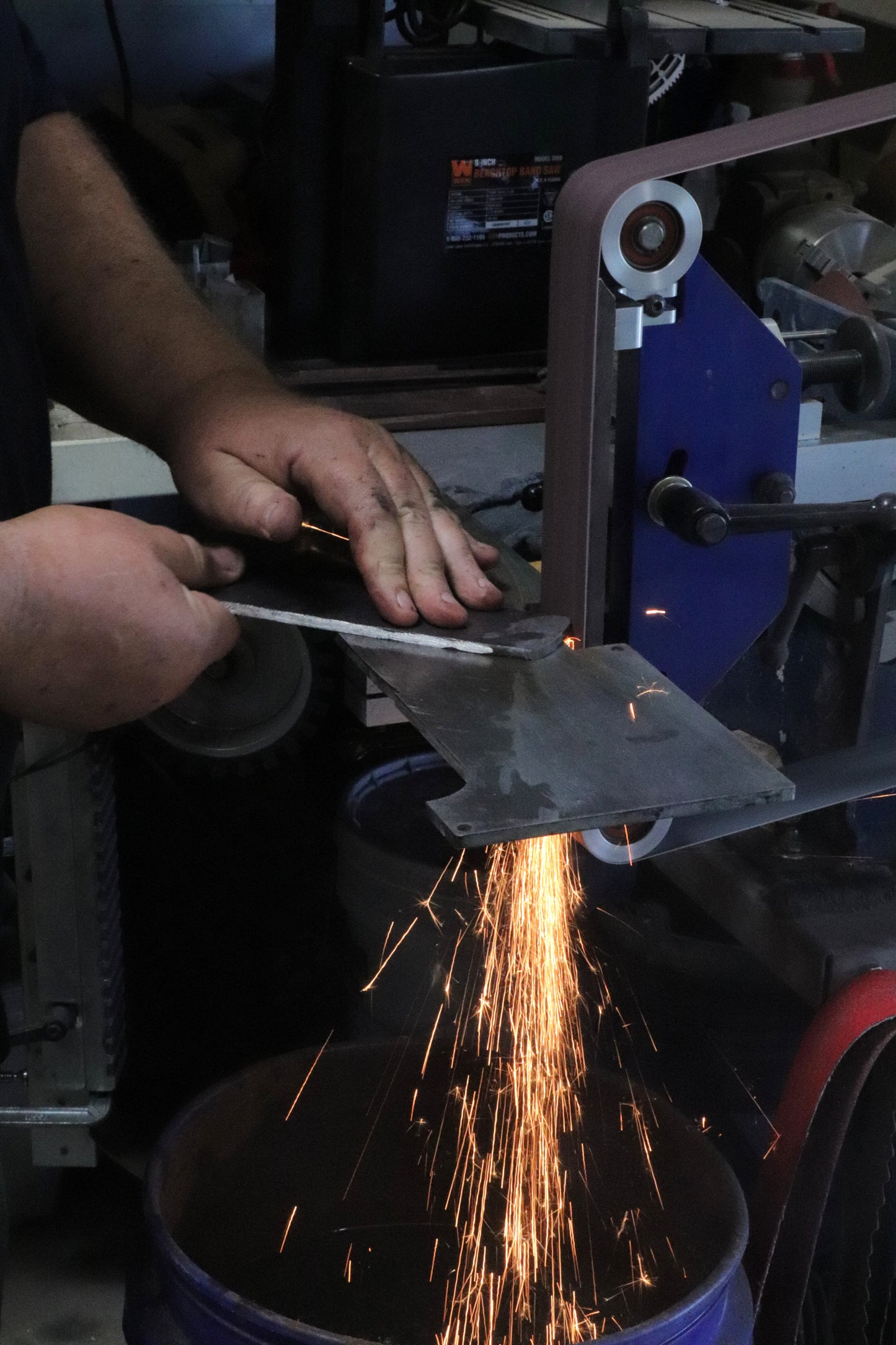
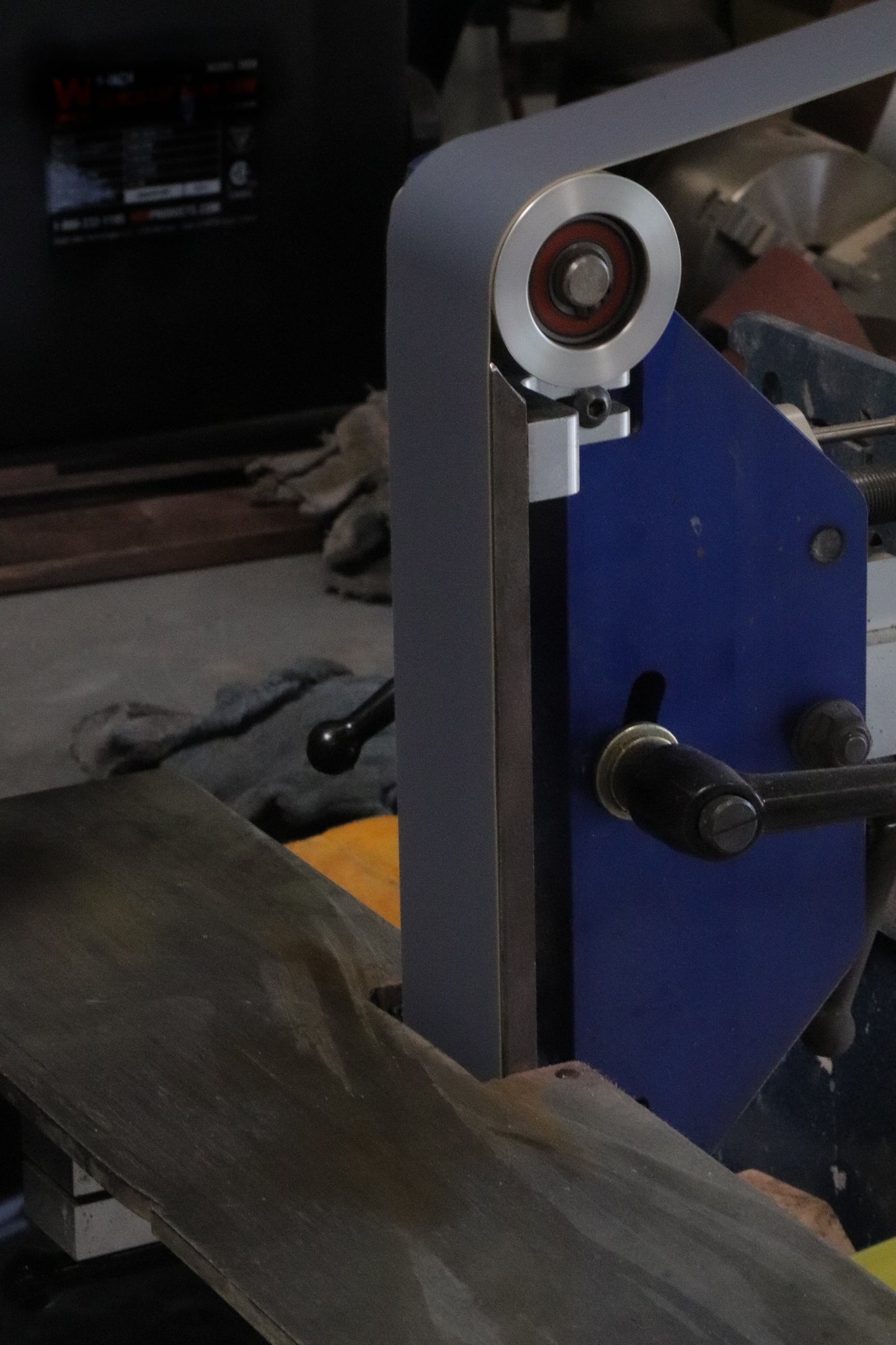
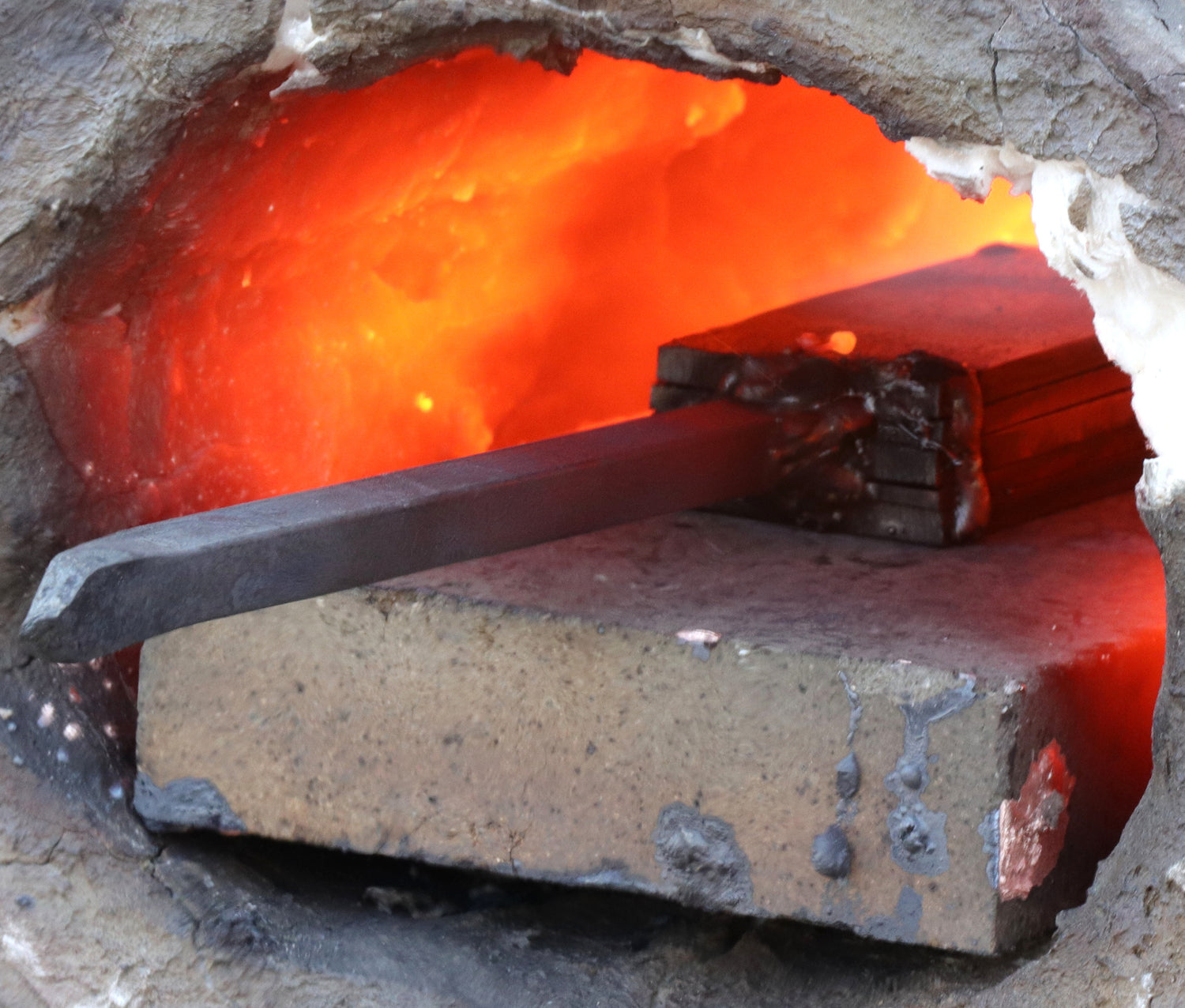
Bladesmith's Warehouse
Whether you are a novice or an expert we have what you need. Great resource for tools and supplies for your knife making!









